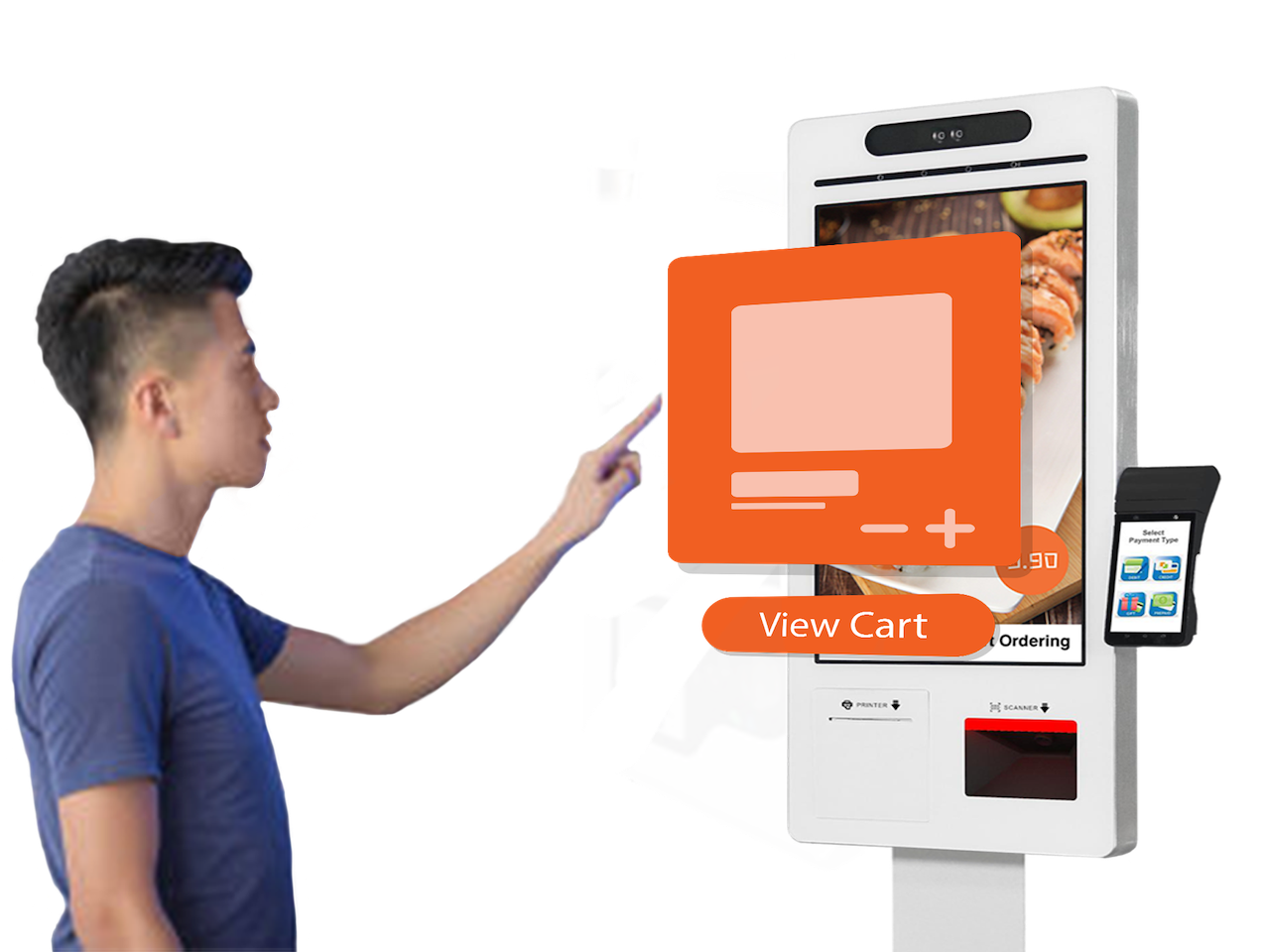
Restaurant establishments have always been looking for ways to better their operations for efficiency and reduce operating costs. In this article, we share 3 solutions that restaurant operators should adopt to boost efficiency and lower costs!
Self-ordering solutions
Self-ordering solutions such as QR ordering and self-ordering kiosks are well-known restaurant technology. This is attributed to labour cost savings, increased order handling capabilities leading to increased profits.
QR ordering & self-ordering kiosks give your restaurant the ability to accept more orders without having to hire more by enabling your customers to self-order. On top of that, these self-ordering solutions allow you to pre-set add on suggestions to automate upselling and increase your restaurant’s average bill size. What’s not to love about QR ordering and self-ordering kiosks?
Cloud-based POS system
A POS system is the command centre of your restaurant’s operations. It not only processes bill transactions, but also manages table occupancy, inventory, orders from different ordering channels, staff, and many more.
Hence, getting a modern POS system that enables you to centralize your restaurant’s operation management is beneficial for your restaurant’s productivity. On top of that, modern POS systems are often cloud-based, which means that you will be able to manage your restaurant remotely. Tasks such as updating menus and analysing reports and dashboards can be done from your laptop anywhere.
If you are looking for a modern cloud-based POS system for your restaurant, head over to MEGAPOS’s website:
https://www.megapos.com.sg/contact to arrange a free demo.
Kitchen technology
Kitchen efficiency is important to build a successful restaurant. Some worthy examples of kitchen technology commonly adopted by restaurants are automatic dishwashers and kitchen display solutions.
Kitchen display solution
A tablet-based solution that displays orders systematically according to table numbers. It gives your kitchen staff a bird’s eye view of all orders so they can use the appropriate food preparation strategies. Thus, reducing service time and food wastage.
Kitchen printers may not be able to print out changes or cancellations of orders due to slow printing speed during peak periods. Kitchen display solutions, on the other hand, are able to reflect changes and cancellations of orders instantaneously on the tablet screen.
Automatic dishwasher
A concept that is widely received in restaurant establishments. Automatic dishwashers have been proven to wash a restaurant’s dirty dishes faster and are more sanitary than manual washing.
This makes it a perfect piece of kitchen technology to adopt in order to bring down labour and utility costs while improving your restaurant’s kitchen efficiency.
Getting a self-ordering solution for your restaurant
To find out more about self-ordering solutions drop us your contact details below, and we will be in touch to arrange a free demo on iMakan’s self-ordering solutions!











